
The Netherlands
May 22, 2019 1:41 pmAmsterdam: May 14 – 20, 2019
Our flight out of Dublin was delayed by an hour. No big deal, but just a bit strange how we were notified. Already loaded on the plane, but still at the gate, the pilot appears and she explains that the Amsterdam airport has a new computer system glitch so they are only letting so many flights in at a time and we are in a queue. She then proceeds down the aisle to answer any passenger questions on connections, etc. She didn’t make it very far of course, as many had concerns. She went back and forth to the front to try and ‘sort things out’. Seemed so bizarre that the pilot had to do this but perhaps it was by choice. Luckily many connections were also delayed but flights to Japan and China were definite misses. Also a good reminder that one hour between connections is not enough.
We were confused when landing in Amsterdam as we had to go through passport control, only to discover the reason – Ireland is not part of the Schengen Region. Later our research also led us to the fact that Norway is not part of the EU!
Amsterdam is the capital city of the Netherlands and is one of the most popular tourist destinations in Europe, with more than 4.7 million international visitors annually, plus 16 million day-trippers that visit the city every year.
The flowers of The Netherlands are of course some of the most beautiful in the world. We saw tulips throughout the city and and our visit was just at the end of the season. The Tulip Festival was scheduled for May 19, two days after we left.
Amsterdam has some wonderful shops and malls, including this unusual store. We felt like we were back in Canada here, with familiar brands and products.
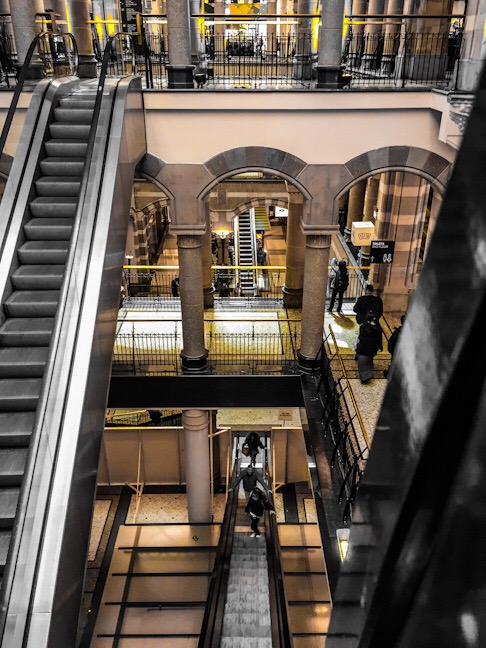
Beautiful mall escalators 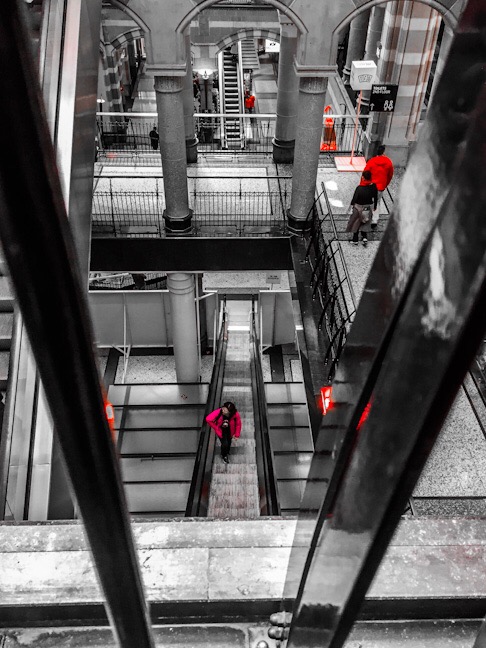
We knew the Netherlands was big on bikes, but we didn’t know how big. Amsterdam is one of the most bicycle-friendly cities in the world. There are 22.3 million bicycles in The Netherlands; 84% of the population has at least one bike. That’s a lot of bikes! As pedestrians, we found keeping track of the cycle paths nerve racking! Accidentally stepping inside one could result in you getting knocked down rather quickly, and we did have a few near misses.
No one wears a helmet in Amsterdam; I think I saw one. Why not? They have some valid reasons. The city of Amsterdam is small, on mostly flat terrain and it is easier to cycle around, than drive. There are 400 km worth of totally separate bicycle paths so they rarely even travel near cars. The residents believe you don’t need a bike helmet anymore than a pedestrian needs a walking helmet. Cyclists also think a helmet would distract them, thereby possibly causing accidents. Another feeling is, were helmets made mandatory, cycling levels would drop and the public health cost from the now lack of exercise, is more dangerous than not wearing a helmet. The Netherlands do have the lowest cycling death and injury rate in the world so, whose to argue? I must admit though, as grandparents, it was pretty tough to see those small children on the bikes without helmets or any kind of safety seat. Here are some of my Amsterdam bike obsession photos.
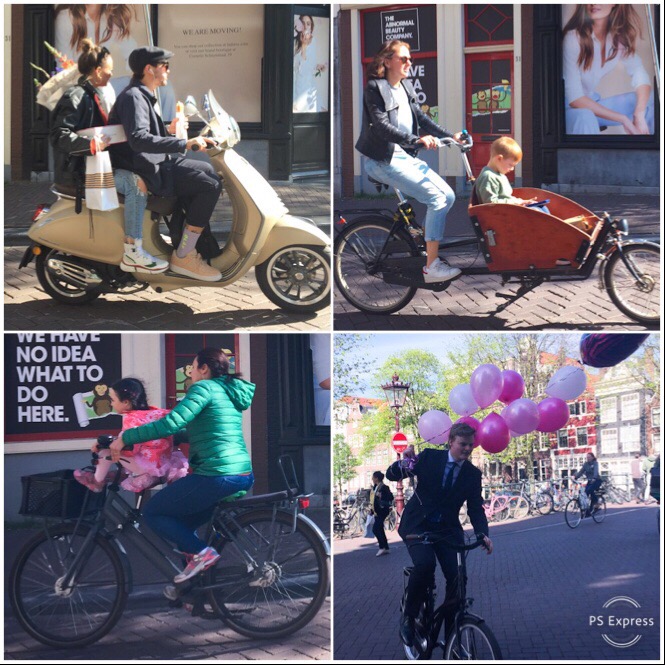


Amsterdam was surrounded by a moat in the Middle Ages, which now forms the inner ring in the city, and gives the city centre a horseshoe shape. The city has more than 100 kilometres of canals, most of which are accessible by boat. With its division into about 90 islands, linked by more than 1,200 bridges, Amsterdam has been compared with Venice.
We boarded a glass-top boat for a cruise of the winding canals. We saw some gorgeous houseboats on Amsterdam’s historic waterways; there are an estimated 2,500 floating homes here.
The original houseboats are more than 100 years old and are restored ships from Amsterdam’s seafaring and trading days. They still have the original features plus modern amenities, like electricity, heating and running water.
To meet increasing demand for housing in the 60s and 70s, more modern houseboats appeared. This type of houseboat is built on a floating pontoon and usually isn’t motorized.
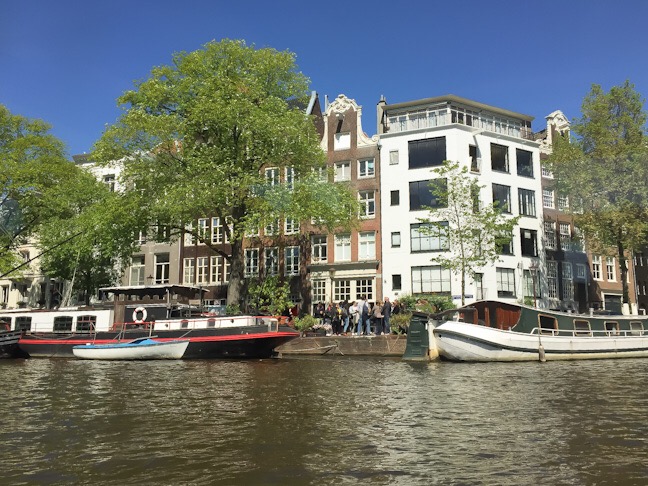
We saw multiple floor, luxurious houseboats, complete with terraces and gardens, all around Amsterdam’s pretty canals.

The glass-top boat gave is an inside and up close view of charming old churches, historic mansions and the gorgeous 16th century gabled homes. When you look up, you can see many of the gables have a hook. The hook is there because most homes have narrow, steep and winding staircases so the residents pull large, bulky objects up and into a window at the proper floor, using the hook. Sometimes the whole window has to be taken out of the wall. We would have loved to have seen a hook in action!
Which leads me to, The Red Light District. No trip to Amsterdam would be complete without a walk through a few alleys in the Red Light District. It was early afternoon, so not many girls were in the windows. The neighbourhood connects roads and alleys where the several hundred very small, one room apartments are rented by sex workers. They stand, scantly clad, behind a window or glass door, usually illuminated with red lights. No photos allowed in this district.
Amsterdam was the only city we visited in the Netherlands and we loved exploring this interesting city. From here we flew to what we discovered was one of the most expensive cities in Europe, Norway! We’ll be back soon!
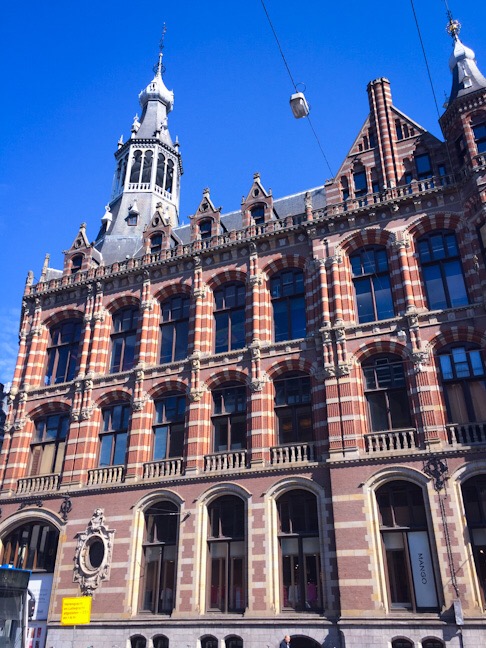


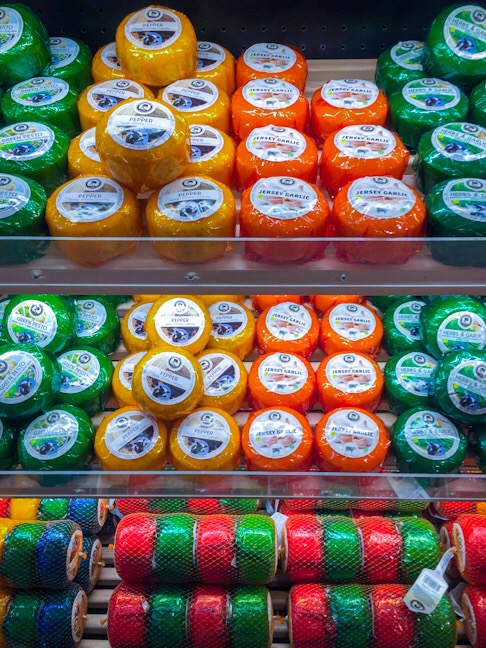
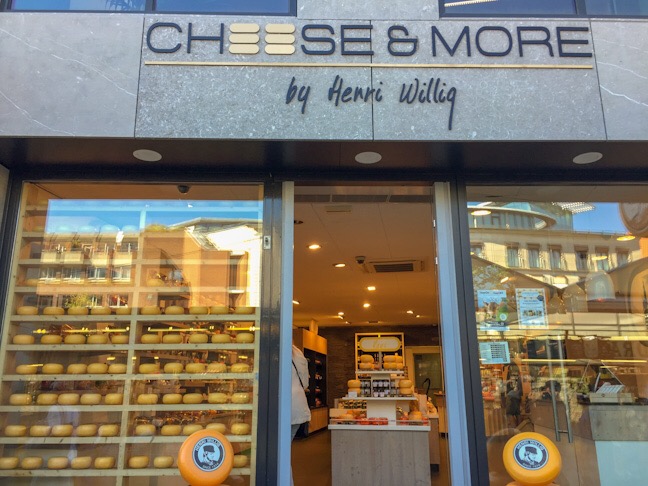


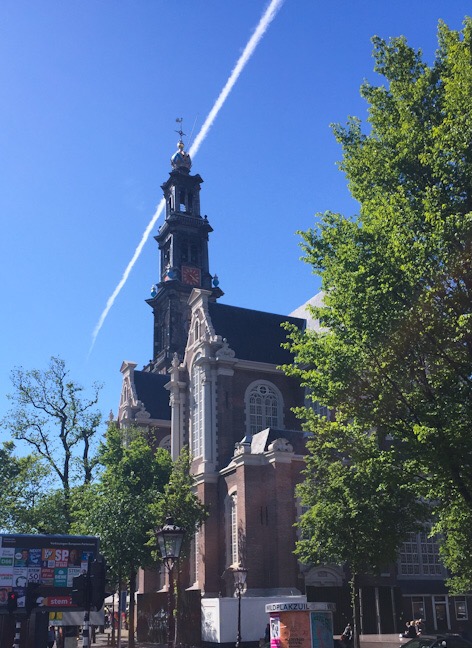
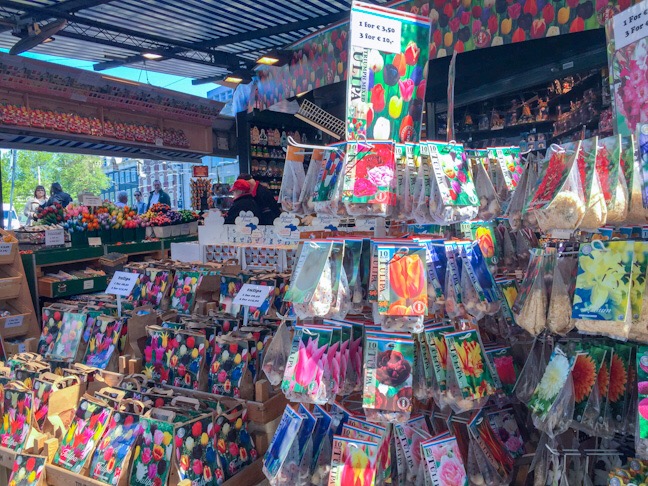
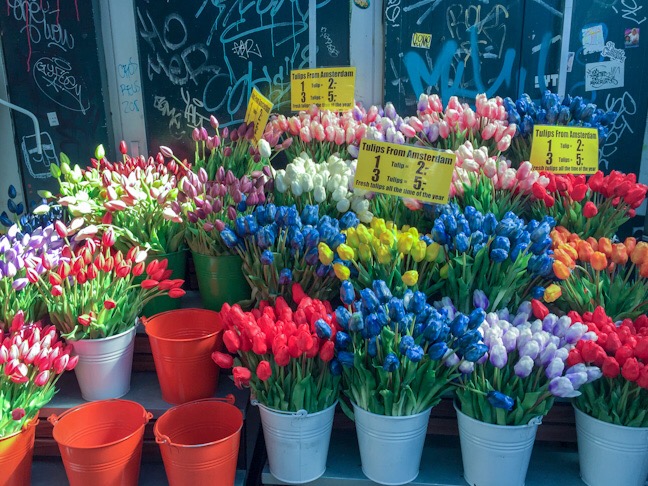
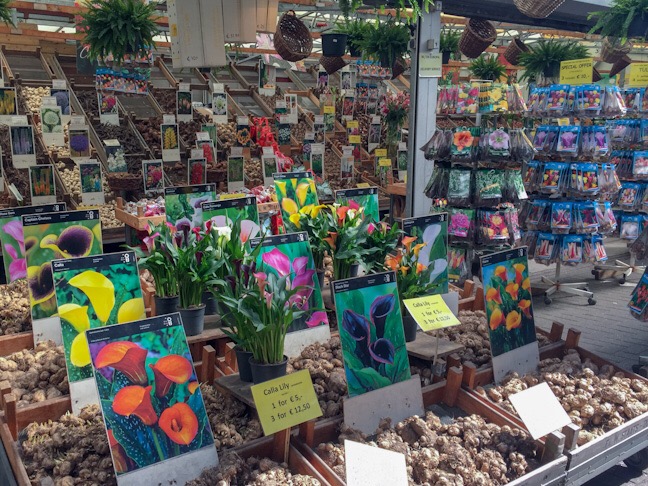




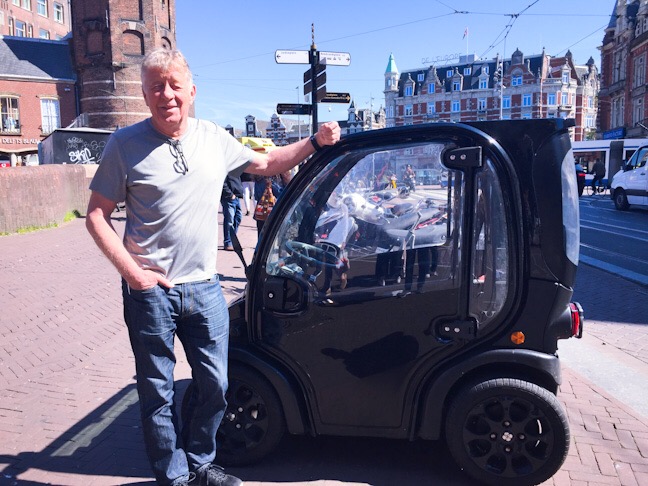
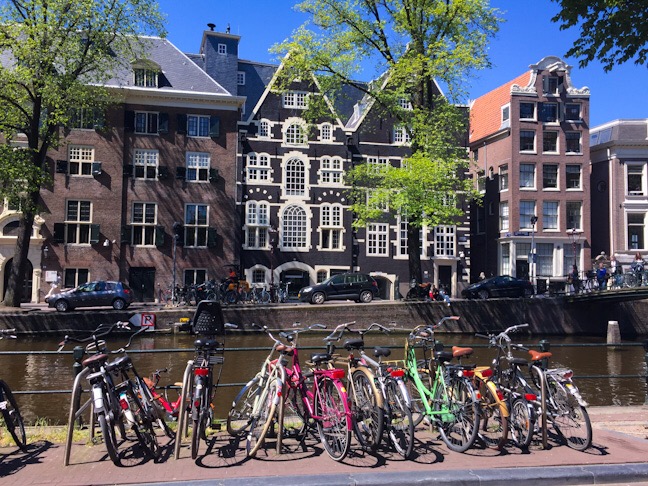
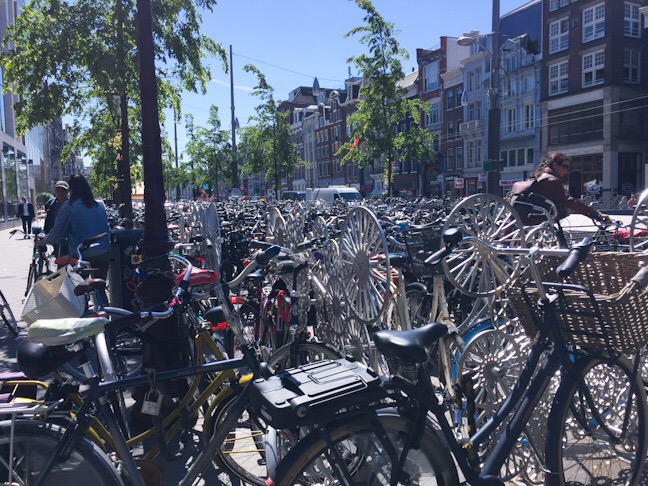


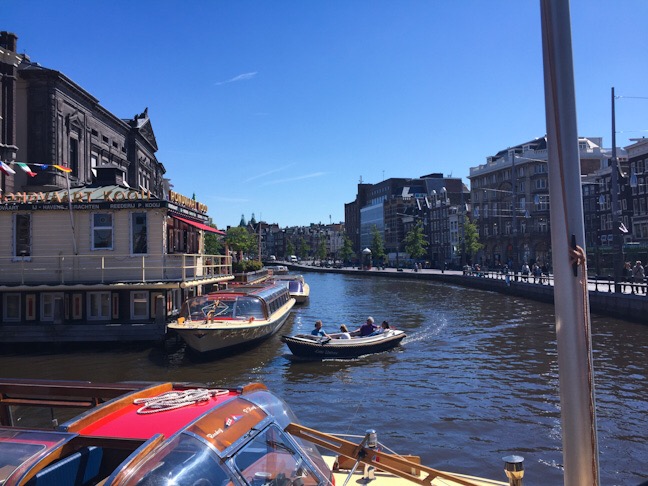
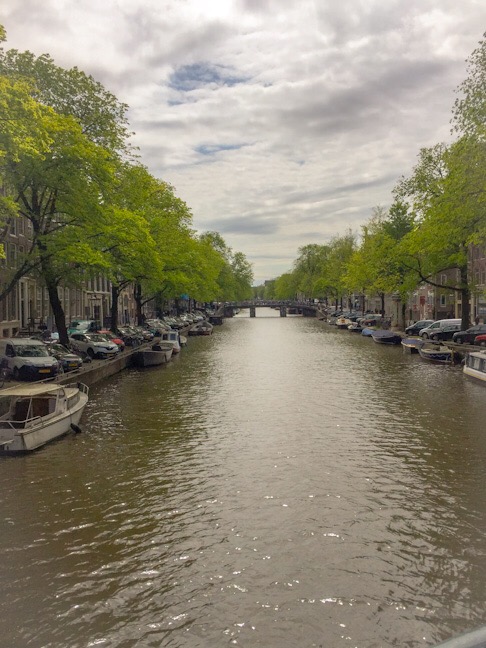
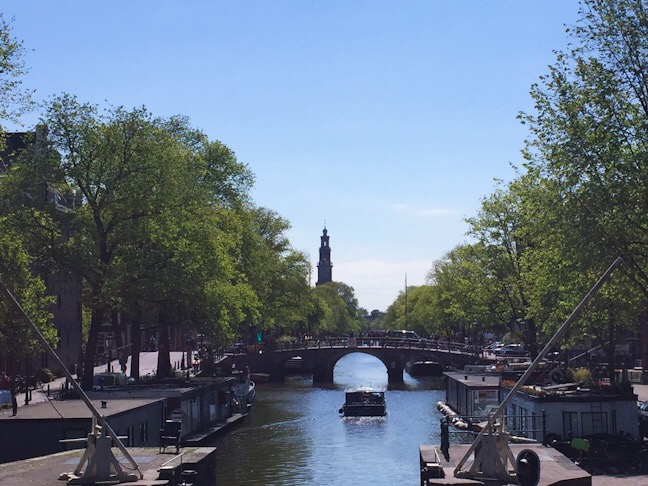

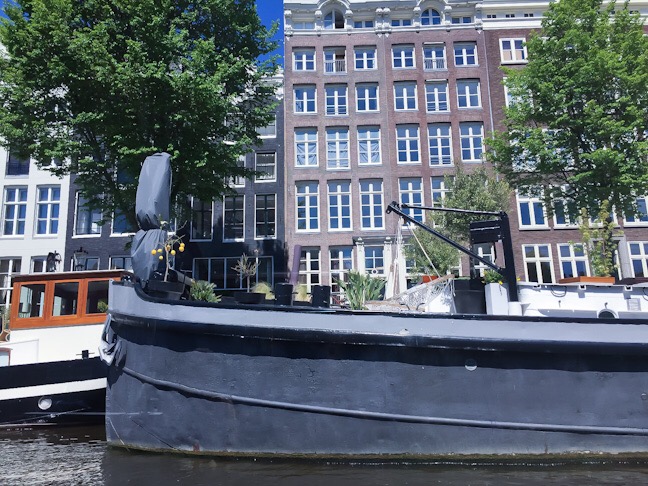

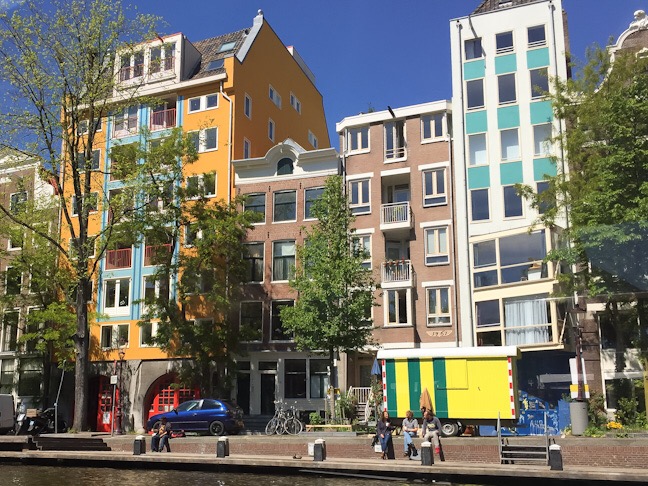



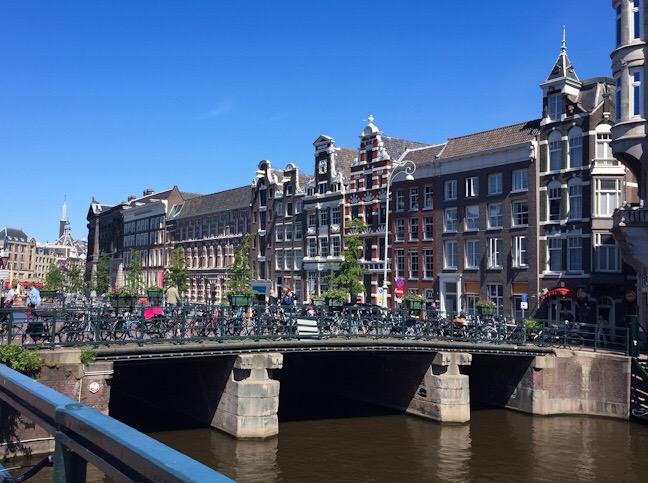



7 Comments
Great phots! Beautiful Color AND sunny skies! Mine is extra beautiful!
Thanks Sista!
Loving all the pics – but how do I move them so I can read the text!? Enjoy Sweden ??
Hi Jane! Thanks for reading the blog! Hmmmm…..Joe has the same problem with the pictures covering up the text but I thought it was just because his iPad is an older version. Have you tried viewing it on a PC? Let me know if you have success. Sorry for the technical difficulties…..
I want to be there! Enjoy your trip.
Wonderful!!
Thanks Tracy!